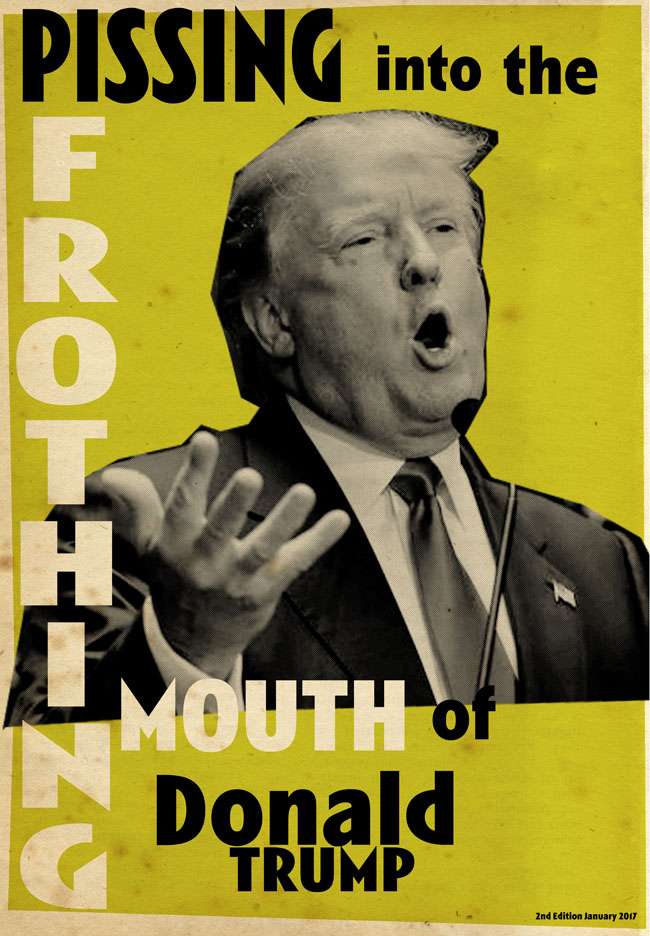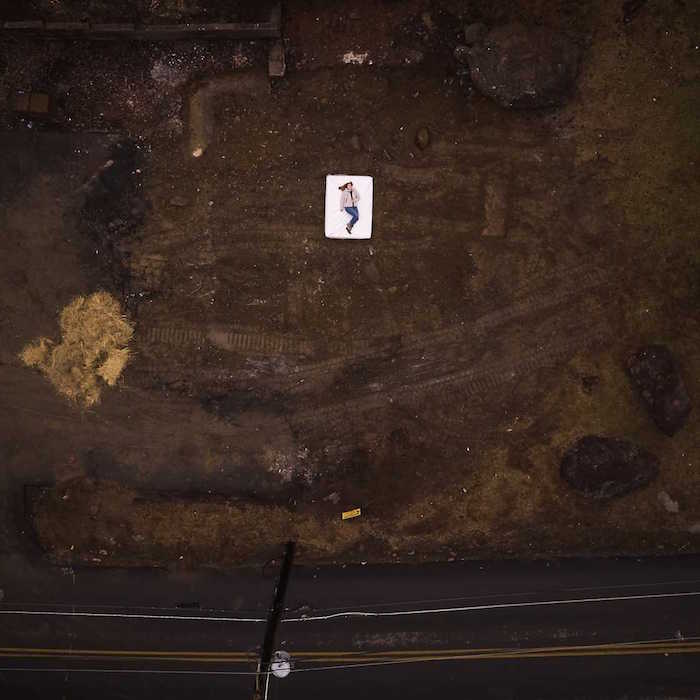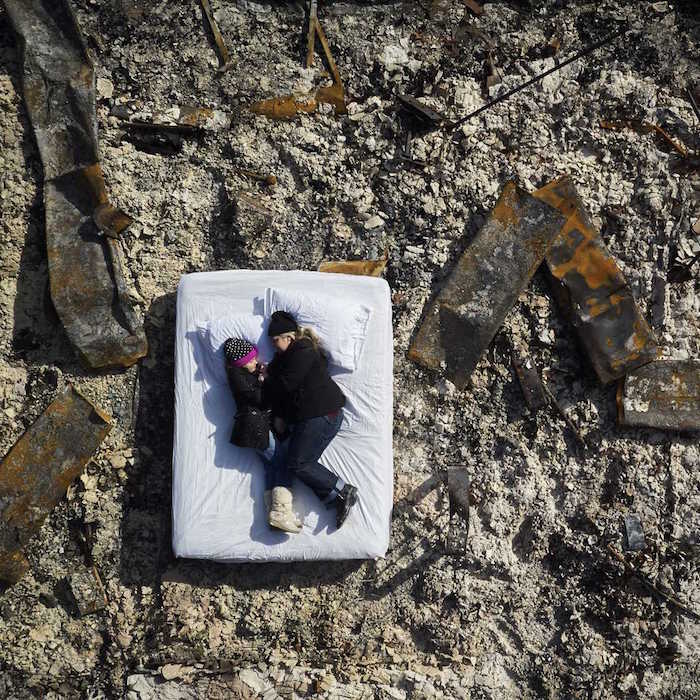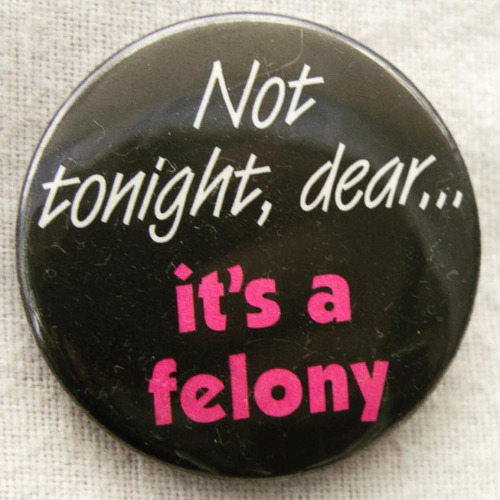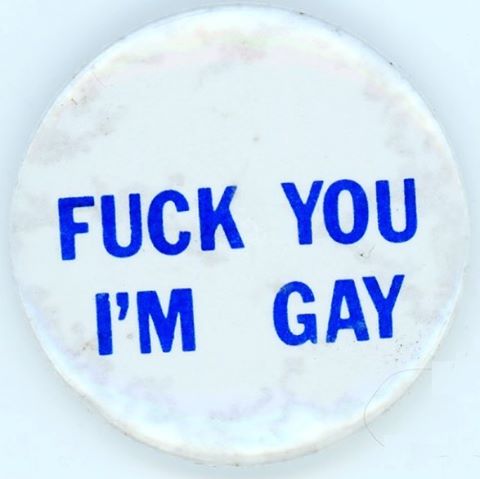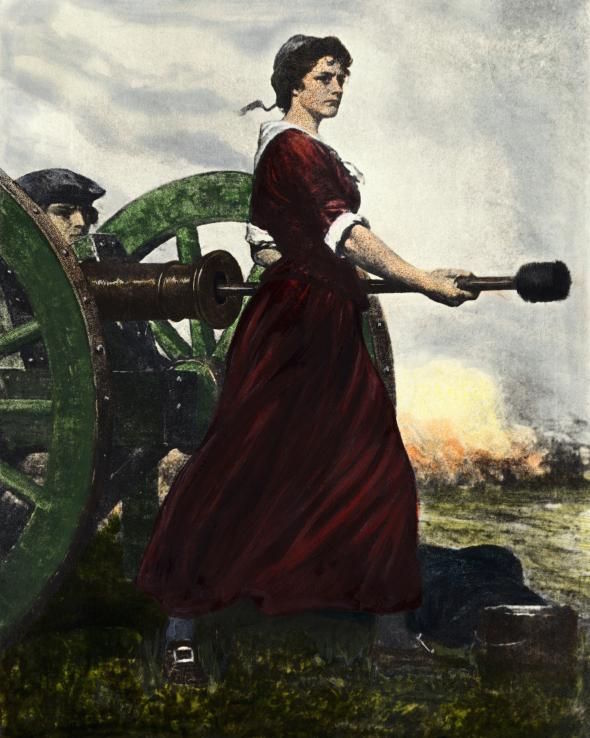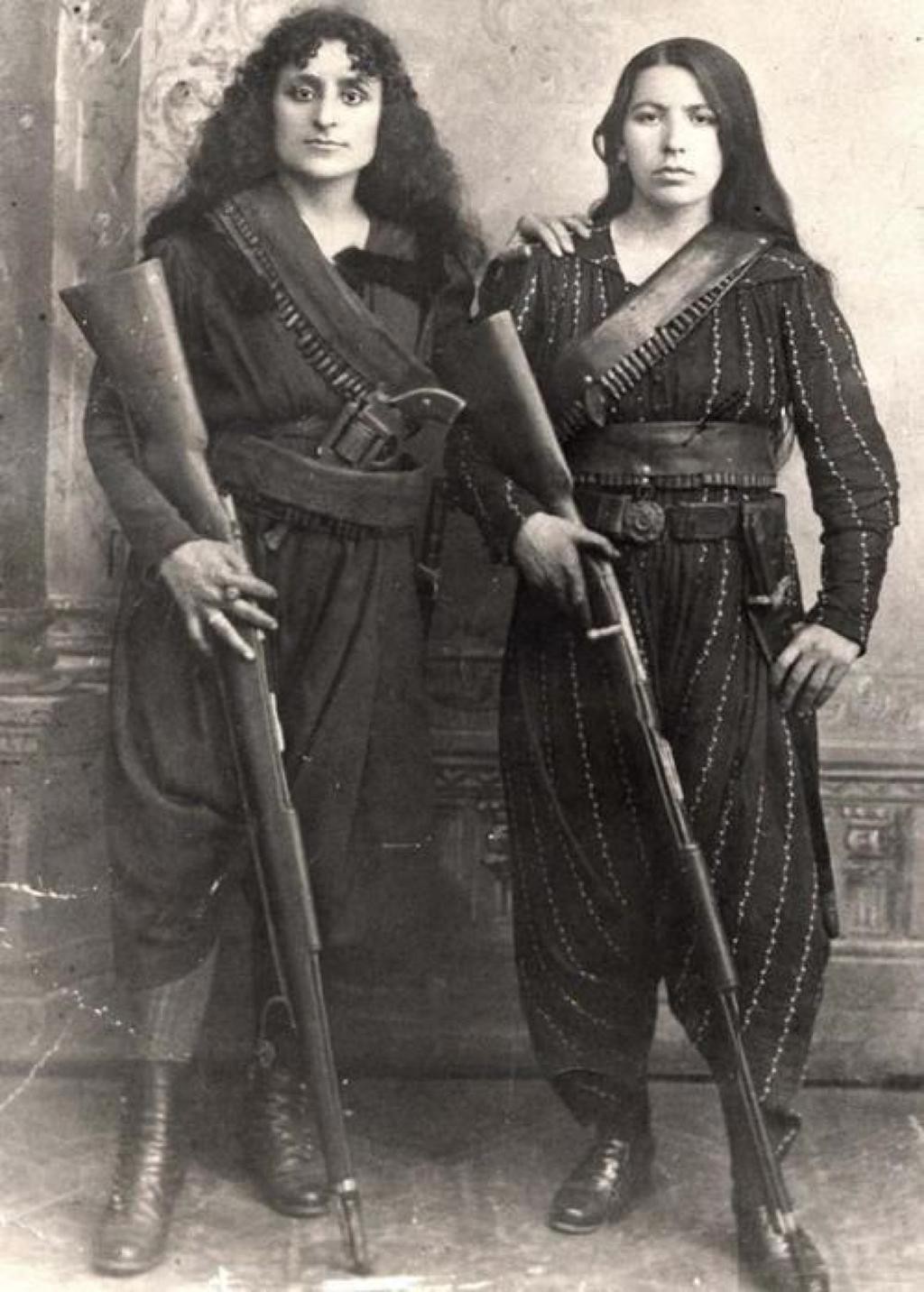
“And when people feel the economic crunch & you can’t have the life that others have—you get dangerous.”—Missing Foundation graffiti.
Shortly before the Disneyfication of Manhattan, when the lower east side was still a churning ball of druggy chaos and the art scene was spewing up creeps, weirdos and bleak visionaries like Nick Zedd, Kembra Pfahler, White Zombie and the Toxic Avenger, one group emerged as the undisputed Kings of the Wasteland. They were called Missing Foundation, and they had come for your children.
Part industrial band, part neo-anarchist street gang, Missing Foundation was the fevered brainchild of one Peter Missing, who had formed the original version in Berlin in 1984 with future members of death-disco superstars KMFDM before moving to NYC and starting a new, more politically-charged version in the bowels of the Bowery. They were trouble from the beginning. For one thing, their striking logo, an upside-down martini glass (“The party’s over!”) was painted literally everywhere. It was like a virus, made all the more unnerving because very few people even know what it meant.
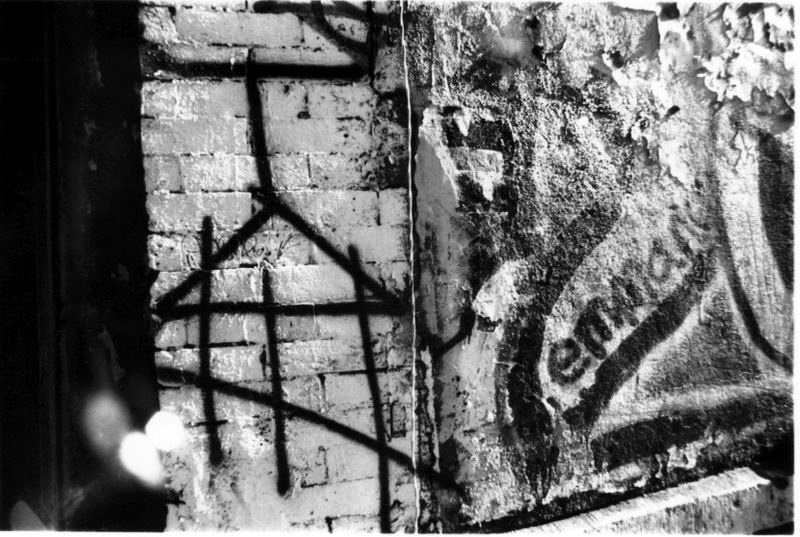
Photo by Alex in NYC
Live shows mixed angry sloganeering and anti-cop/anti-gentrification political posturing with white noise and ferocious violence. Fights between band and crowd were ubiquitous, and would often continue on the streets after the shows. On one notorious gig at CBGB’s, the band lit trash barrels with kerosene and rolled the flaming missiles into the audience. Once word got out about the band’s propensity for destruction, they took the act to the streets, playing in abandoned parking lots powered by overworked generators and vanishing in a flash once the police showed up. Perhaps most famously, in August of 1988 they played an outdoor show in Tompkins Square Park—a haven for punks, the homeless, drug addicts, and various combinations of all three—that ultimately ended in a massive riot, with unarmed street kids battling 200 armored cops in a violent, bloody, flaming 24-hour clash that rattled both sides and left dozens of people battered. To be fair, unlike some of their more overtly assaultive shows, Missing Foundation had planned a peaceful protest at the park, but afterward they became emblematic of the kind “street scum” Mayor Koch wanted to eradicate from his city.
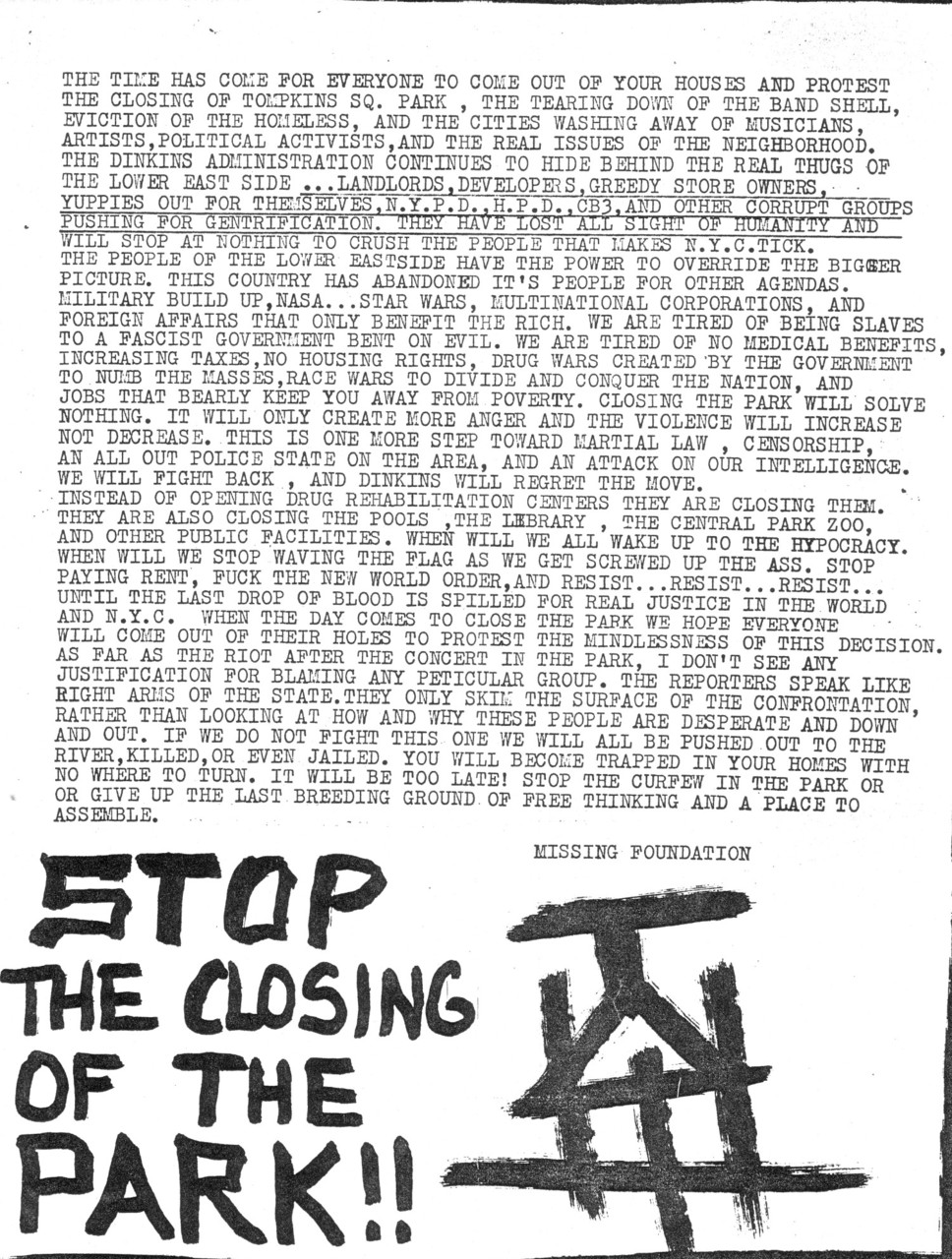
They were already agitators but from that point on they lived with targets on their backs. News crews began stalking their desiccated neighborhoods, reporting on Missing Foundation’s fictional ties to Satanism, animal torture and other nefarious cult activities. The FBI began tailing Peter Missing. Heavy stuff for a goddamn rock n’ roll band.

Missing Foundation’s musical output was pretty consistent for a band of lunatics—five albums spread over as many years, with an evolving sound that was half throbby post-punk and half ear-splitting industrial noise. They were sort of an even less dance-y Cop Shoot Cop or maybe Throbbing Gristle with anger management issues. Either way, albums like 1988’s 1933 Your House is Mine and 1990’s Ignore the White Culture were a fairly accurate representation of the band’s ceaseless rage. But they’d probably have to be hurling flaming barrels at your head for you to really “get” the full Missing Foundation “experience.”
More after the jump…











